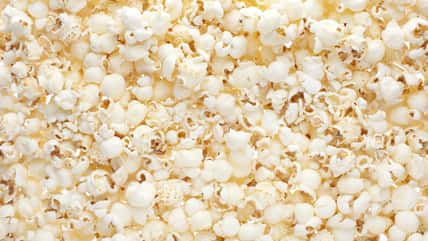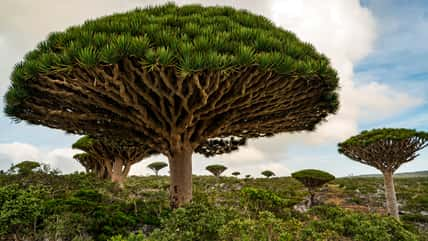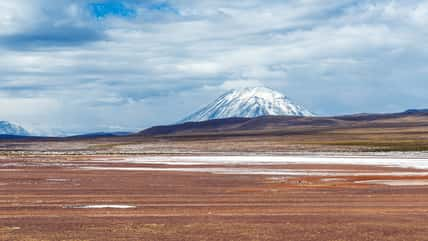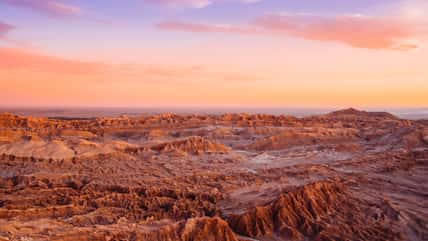He Opened A Box Of Horse Bones And Realized Museums Are Mishandling Animal Remains
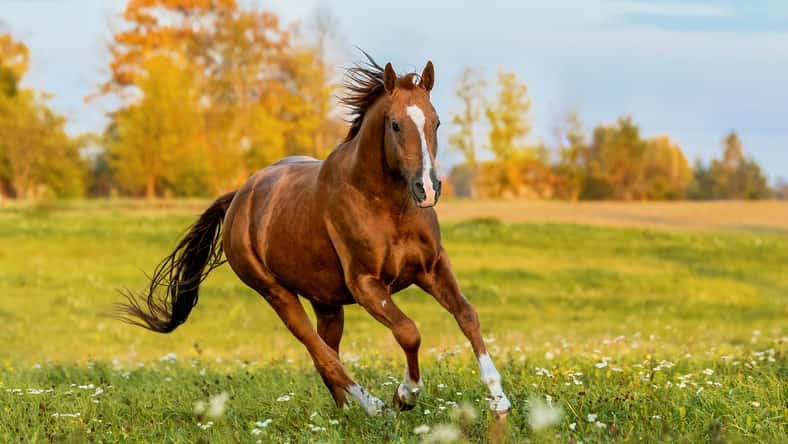
Around the country, museums are known as institutions that hold all kinds of ancient artifacts and relics, preserving significant pieces of our planet’s history. However, they have been known to be a little less than careful when protecting animal remains.
Today, a researcher named Chance Ward is working with a team of archaeologists and Indigenous scholars to urge museums to take care of their animal remains properly.
According to the team, museums should partner up with Native American groups to rethink their practices of cataloging, storing, and displaying remains.
Ward was inspired to embark on this mission two years ago when he was opening boxes of horse remains that had been shipped to the University of Colorado Museum of Natural History from other institutions. What he found in the boxes disappointed him greatly.
The bones in the packages seemed to have been tossed in carelessly. There was little cushion between the remains, so some had suffered damage from being banged around during transit.
“You care for horses. You not only feed and water them, but you connect with them on a personal, spiritual level,” said Ward.
“Even when they pass on, you still respect and honor them as non-human relatives. You don’t throw them in plastic bags or boxes.”
He added that the old way of doing archaeological methods is outdated and in need of reform. In 1990, the U.S. Congress passed the Native American Graves Protection and Repatriation Act, which required institutions receiving federal funding to return human remains, sacred objects, and more to Indigenous people.
However, the law often does not apply to animal remains. In the past, archaeology hasn’t always treated animals with respect. The importance of many remains was ignored, and bones were even thrown away.
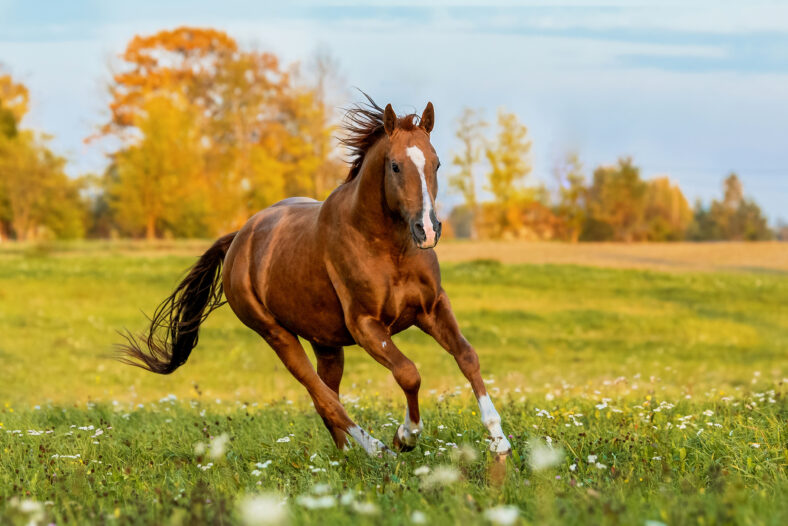
Sign up for Chip Chick’s newsletter and get stories like this delivered to your inbox.
Ward believes that museums can begin to change how they handle animal remains by documenting all the animal remains in their collections.
They can also listen to input from Native American groups about how to store, house, and treat remains, which hold a lot of cultural context.
One of the most extensive collections at the CU museum includes thousands of bison bones that were unearthed during the 20th century from an arroyo near Kit Carson, Colorado. Ancient people hunted and butchered bison after the end of the last ice age, about 11,000 years ago.
Archaeologists originally stored the remains of almost 200 bison skulls in plaster or burlap casts, but decades later, the casts began to deteriorate, threatening the remains they contained.
Over the course of several months, Ward and his team transferred the skulls to stable casts and safely arranged them on shelves in a new storage space.
In February 2024, a delegation of Lakota elders traveled there to see the bison collection and decide what steps should be taken next. They suggested keeping the specimens together as a herd like the animals might have been when they were alive.
Moving forward, the museum will continue consulting with community members about the care of ancient animal remains.
More About:News

